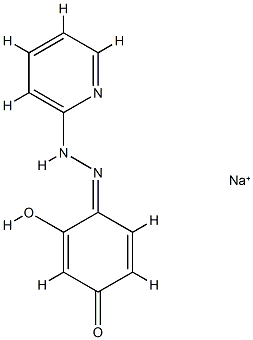Microorganisms, fungi, plants, and their enzymes can be used to synthesize natural
flavor compounds. Probably the most important example is the biotechnological
production of the highly sought after vanillin. Recently, disrupted cells of the edible basidiomycete Pleurotus sapidus were deployed as a potent
biocatalyst for the transformation of (+)-valencene to natural (+)-nootkatone.
The enzyme responsible for the biotransformation was biochemically characterized
and purified, and the enzyme encoding cDNA was amplified from a cDNA
library by polymerase chain reaction [112]. The catalytic reaction sequence of the
enzyme was further investigated and a lipoxygenase-type oxidation of (+)-valencene
via secondary and tertiary hydroperoxides was suggested. In ongoing
research, the dioxygenase was heterologously expressed in the cytosol and periplasm
of Escherichia coli. Only recently, the enzyme was identified as a
potent 13S-lipoxygenase (LOXPsa1; linoleate:oxygen 13-oxidoreductase,
EC 1.13.11.12), and the kinetic parameters of the recombinant enzyme were
determined by using linoleic acid as the substrate.



